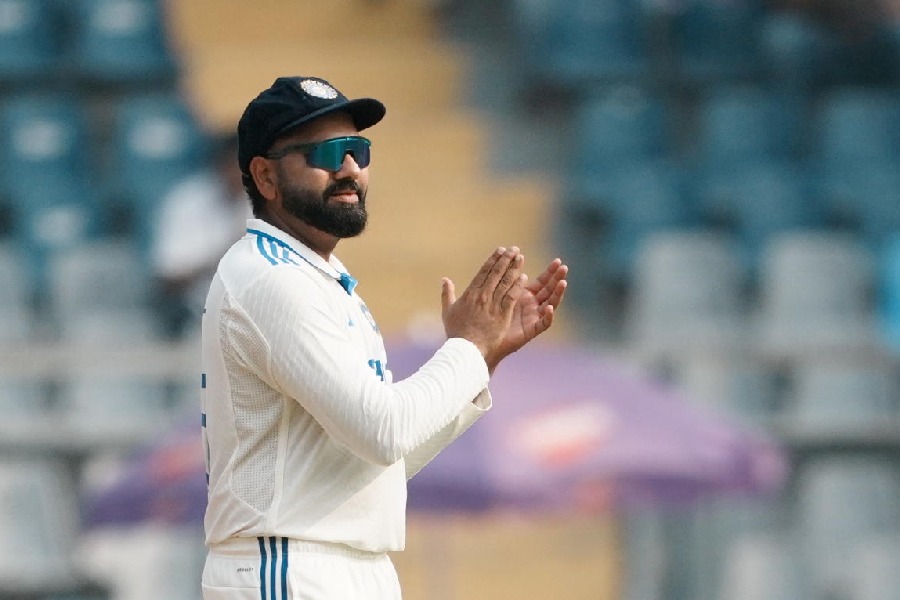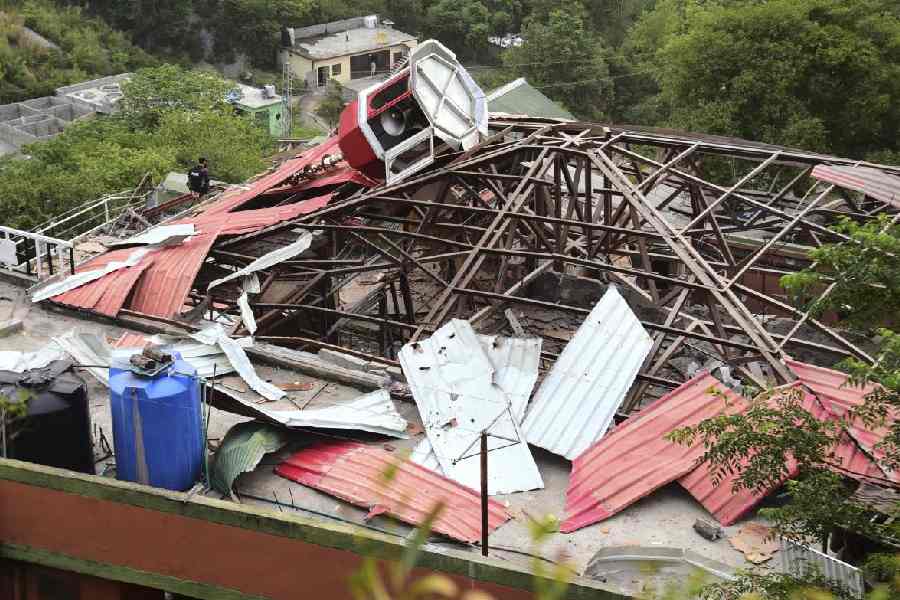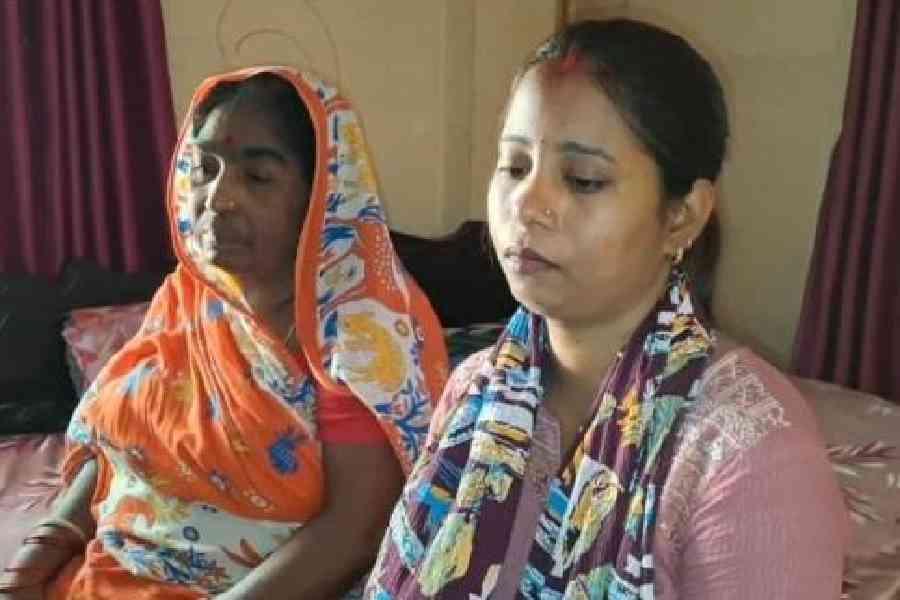 |
Bhubaneswar, Nov. 7: The government might be paying them a modest salary but when it comes to assets some lower-level government officials can put many ministers to shame.
If the modest assets of scheduled caste and scheduled tribe development minister Lal Bihari Himirika, who is worth just Rs 18 lakh, elicited admiration, vigilance raids on some government officials have exposed many well-heeled crorepatis among them.
In September, vigilance sleuths carried out raids on Dinesh Kumar Sahu, 48, who is a junior engineer posted at Kuchinda block in Sambalpur district. The sleuths stumbled on Sahu’s movable and immovable assets worth Rs 1.50 crore. The booty included a Hyundai i10 car, gold ornaments worth Rs 14.20 lakh, bank deposits and insurance premium receipts worth Rs 77.5 lakh and Rs 5.07 lakh in cash.
Vigilance officials were similarly baffled when they had raided the premises of a Cuttack-based revenue department peon in July. Bhagyadhar Das, 57, was found possessing property worth Rs 2 crore. Before being posted at the Cuttack district collectorate, Das was working as a chainman (one who measures land physically with a chain) at Chattia.
Expensive household articles, two luxury cars, gold ornaments weighing about 450 gram and documents showing deposits in different banks were seized from him. Das also owned four trucks, besides palatial houses at Chhatia, Upula and Duburi in Jajpur and Keonjhar districts.
Das is not the only rags-to-riches story in the state. During a raid in July, vigilance officials had discovered that fourth-grade employees Bignesh Swain, 47, apparently minted money during his tenure at the Biramitrapur check post. His salary of Rs 2,500 did not matter as he raked in huge cash from trucks passing through the check gate. The sleuths found him owning a palatial house at Biramitrapur in Rourkela and having huge bank deposits.
Yet another crorepati, Madhusudan Majhi, 45, worked as a laboratory technician at a blood bank in Angul. Though his income was less than Rs 20,000, he made big money by using his influence to make blood available to the needy for a hefty price.
The modus operandi in all these cases was simple: “Grab the opportunity to make money on the sly.” A vigilance officer engaged in investigating these cases wondered if such lowly-placed government employees could make so much money, one could imagine the scale of corruption at the top.
The issue of corruption took centre stage after chief minister Naveen Patnaik turned the residence of a retired IAS officer Sanjib Ray into a homeopathy dispensary on November 2.
Former director (vigilance) Gopal Nanda said: “By making a set of laws, corruption cannot be wiped out.” Nanda said a transparent system could help to pull down the level of corruption and that public resistance was key to reducing this well-entrenched vice.
During the last five years and till September this year, vigilance sleuths have registered 2,061 cases against government employees, other public servants and 785 private individuals.
Vigilance director Anup Patnaik said: “There has been a visible impact on government officials following a series of raids. However, all procedures have to be simplified. We have to follow the Singapore model (famous for its anti-corruption measures) to curb corruption.”
Sociology professor at Utkal University D.N. Jena said, “Law alone cannot change society. There is a need for mindset change and everyone should be involved in the process of nation building.”











